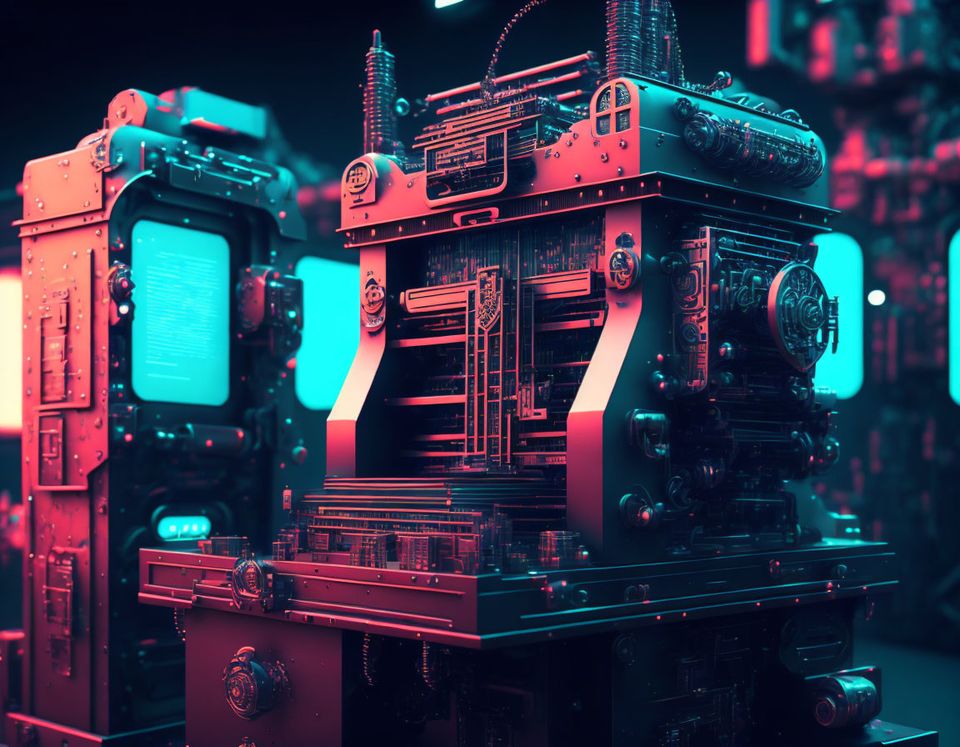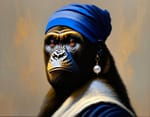How Art is changing and what History teaches Us.

In the ever-evolving tapestry of technological progress, Artificial Intelligence (AI) has emerged as the most recent thread that weaves a path towards unprecedented possibilities. The art world, traditionally seen as a bastion of human expression, is not immune to this disruptive influence. AI has started to challenge our ideas about creativity and artistry, providing tools that allow even the least artistically inclined to create mesmerizing pieces. This trend draws parallels to previous revolutionary moments in history where technological advancements ignited fear of job displacement while simultaneously shifting paradigms.
The Printing Press and Literary Professions
When Johannes Gutenberg introduced the printing press in the 15th century, it upended the established order. Scribes, who meticulously copied manuscripts by hand, found their craft threatened. The ability to mass-produce books was initially seen as a job-killer. However, in reality, the press democratised information, contributing to the spread of literacy and knowledge, and igniting the Renaissance. The role of scribes changed, but their skills were not made redundant. Many transitioned into roles as editors, compilers, and librarians - professions that did not exist before.
Industrial Revolution and Manual Labour
Fast-forward to the 18th and 19th centuries, the Industrial Revolution brought similar fears. Mechanized looms in textile factories, steam-powered machines in manufacturing, and other technological advancements led to an outcry from workers who believed their jobs would become obsolete. And while some roles did disappear or evolve significantly, the Revolution also created entirely new industries and jobs. It shifted the focus from manual labour to roles that required operation and management of machines, as well as roles in emerging industries like railways and telecommunication.
Computer Revolution and Information Processing Jobs
In the late 20th century, another wave of anxiety swept over as computers began to infiltrate workplaces. Many feared that computers would make jobs in accounting, data processing, and administrative tasks redundant. While it's true that the need for manual data entry and processing decreased, the revolution led to the emergence of new sectors like IT services, computer programming, and data analysis, and redefined many existing jobs, making them more efficient.
AI in Art and Creativity
Now, we're witnessing a similar pattern in the realm of art with AI-powered generative applications. AI doesn't necessitate the end of the artist, rather it offers a new medium, a new form of expression, just as photography did not replace painting but expanded the artistic repertoire. For non-artists, AI art applications provide a platform to explore creativity without the prerequisite of traditional artistic skills. It also opens the door for hybrid roles, where artists and AI work in tandem to create pieces that neither could achieve alone.
Historically, every technological revolution has spurred a shift in job roles and societal structures. As AI continues to advance, it's expected that this pattern will persist. In art and beyond, AI should be seen as a tool that can enhance and augment human capabilities, rather than a threat to our creative expressions. Ultimately, the true artistry lies in how we adapt, evolve, and utilise these tools to continue the tradition of human creativity and ingenuity.

Comments ()